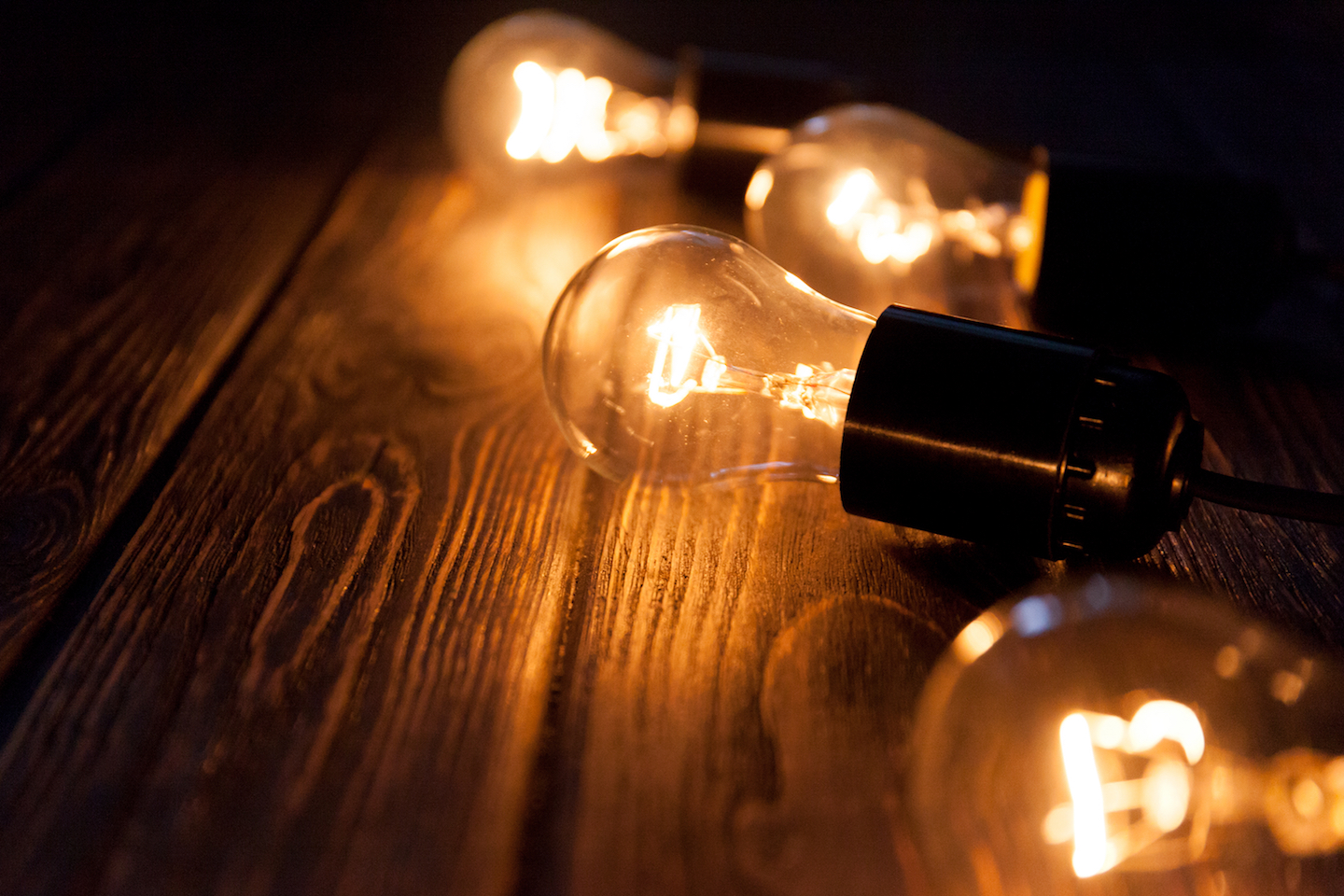
Incandescent light bulbs are now being phased out
The time has come for people in the state of California to get rid of incandescent light bulbs. The new energy standards, which were set in motion by the Energy Independence and Security Act of 2007, will affect the rest of the country in 2020.
The Department of Energy reports that the transition away from incandescent bulbs and toward more energy-efficient light sources will save people between 25 and 80 percent on their electricity bills.
Even though alternatives such as light emitting diodes (LEDs) have been available now for years, many people have stuck with incandescent bulbs because they have grown accustomed to the warmth and the level of the light that they produce.
Approximately 90 percent of the energy used by incandescents is burned up by heat, while only 10 percent is actually used for light. These bulbs may be cheaper than other options, but their more efficient counterparts last between three and five times longer.
Harry Verhaar is Senior Director of Energy & Climate Change at Philips Lighting.
Verhaar explained, “The idea of phasing out incandescent light bulbs in order to save energy has been widely welcomed across the world and for many the question is not ‘if’ we should do it, but ‘how fast’ we can do it.”
“The benefits are clear,” he said. “The potential energy savings are 10 billion Euros per year in Europe alone, along with 25 million tonnes of CO2. Globally, these savings are roughly four to five times.”
According to the Los Angeles Times, “the future is all about LEDs, which have the potential to produce colors and shades that we may someday love as much as we loved the incandescent.” The Times Editorial Board writes that LEDs “can collectively save consumers billions of dollars a year.”
—
By Chrissy Sexton, Earth.com Staff Writer













